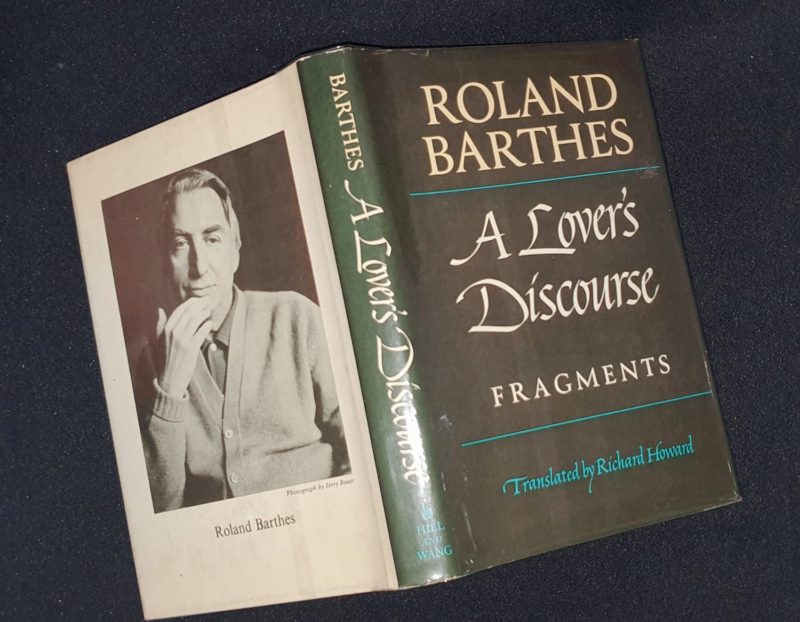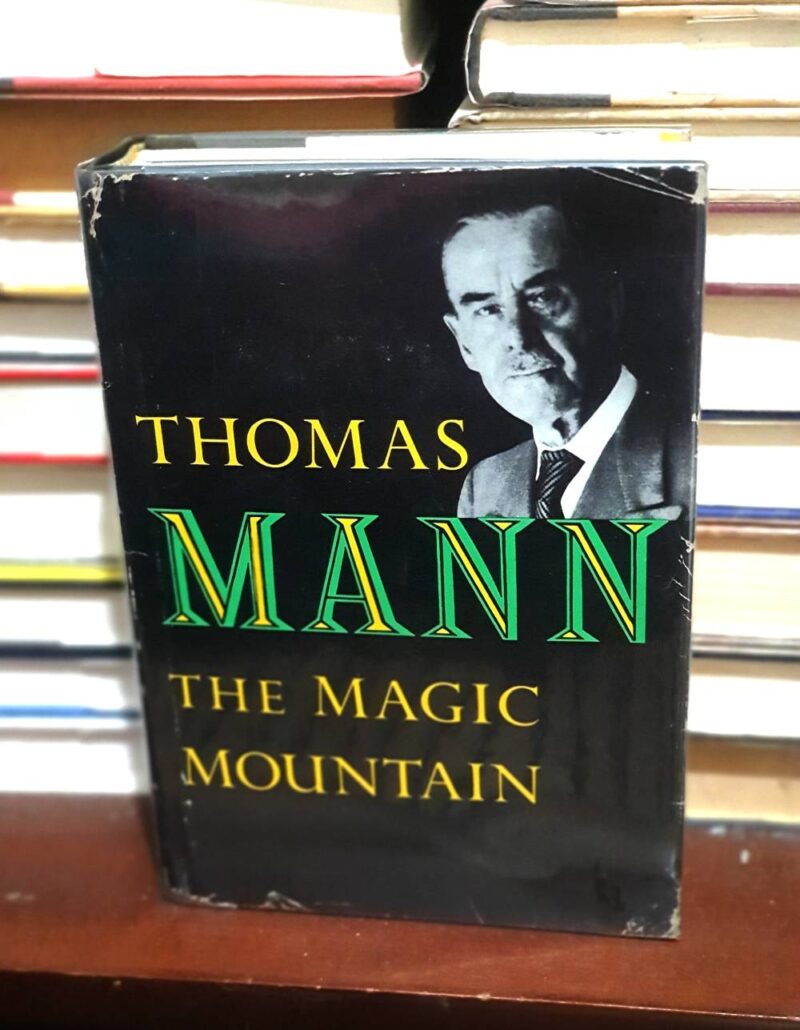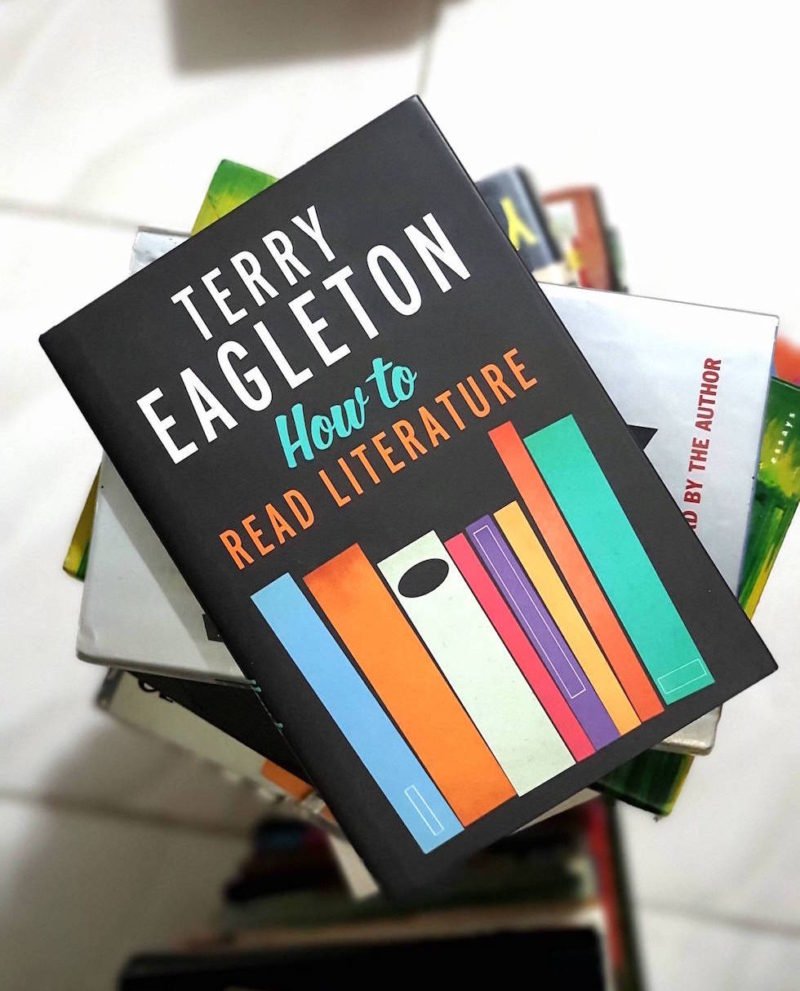The British novelist Kazuo Ishiguro has written the novel An Artist of the Floating World (1986) about a man who reflects on his life and career in the years after World War II in Japan. Masuji Ono, the narrator, is a retired artist whose son and wife were killed and whose lovely home was severely damaged during the war. Unexplainable occurrences take place, such as the breakdown of long-standing friendships and the annulment of the engagement of his younger daughter.
Ishiguro gives his narrator, who seems to be an elderly but likeable artist, a sense of calm and consistency in his writings and narrations. The story opens in October of 1948 in a Westernized post-war Japan as Masuji Ono looks back on his life and work as a political artist of imperialist propaganda. Since the war, he has seen a decline in his formerly stellar reputation and a shift in how people see him and his artwork.
Masuji Ono lives in an occupied Tokyo neighborhood, where the locals blame him for his influence on Japan’s disastrous involvement in the war. He began his career as a traditional artist selling his paintings abroad, but after meeting a sponsor, he shifted gears to wartime visual propaganda to promote Japanese imperialism, ultimately leading to the deaths of tens of thousands of young Japanese men.
In a way reminiscent of the argument over the usefulness of art as a political tool, this book examines the relevance of individual responsibility using Masuji Ono’s personal story. Due to the fact that Ono rejects any responsibility for the political foundations of his previous works, there is a contradiction between his actions and his need to account for them. The dispute originates from Ono’s honest efforts to make amends for his transgression and find a peaceful resolution to his dilemma, while encountering several roadblocks.
Many smaller “pleasure districts” may be found all across the city, with the largest being found in the central business district. These pleasure districts are the “floating world” of the book’s title. Masuji Ono uses the transient nightlife of the pleasure districts as a metaphor for a “floating” (hesitant) Japan on the cusp of a new beginning in his paintings.
Memorable Quotes
Retirement places more time on your hands. Indeed, it is one of the enjoyments of retirement that you are able to drift through the day at your own pace, easy in the knowledge that you have put hard work and achievement behind you.
Pages 40-41, An Artist of the Floating World by Kazuo Ishiguro
I must say that I find it hard to understand how any man who values his self-respect would wish for long to avoid responsibility for his past deeds; it may not always be an easy thing, but there is certainly a satisfaction and dignity to be gained in coming to terms with the mistakes one has made in the course of one’s life.
Pages 124-125, An Artist of the Floating World by Kazuo Ishiguro
Of course, it is not only when we are children that we are open to these small inheritances; a teacher or mentor whom one admires greatly in early adulthood will leave his mark, and indeed, long after one has come to re-evaluate, perhaps even reject, the bulk of that man’s teachings, certain traits will tend to survive, like some shadow of that influence, to remain with one throughout one’s life.
Pages 136-137, An Artist of the Floating World by Kazuo Ishiguro
We lived throughout those years almost entirely in accordance with his values and lifestyle, and this entailed spending much time exploring the city’s ‘floating world’ – the night-time world of pleasure, entertainment and drink which formed the backdrop for all our paintings.
Pages 144-145, An Artist of the Floating World by Kazuo Ishiguro
Further Reading
Book of a lifetime: An Artist of the Floating World, By Kazuo Ishiguro by Tan Twan Eng, Independent
The 100 best novels: No 94 – An Artist of the Floating World by Kazuo Ishiguro (1986) by Robert McCrum, The Guardian
An Artist of the Floating World by Iain Maloney, The Japan Times
An Artist of the Floating World–Why Read it? by Richard Morais / Nadine Willems / Peter Popham, Shepherd.com





